
Culture
18:01, 08-May-2018
Dreams: Animal sculptures made of copper by Wang Ruilin
CGTN
03:25
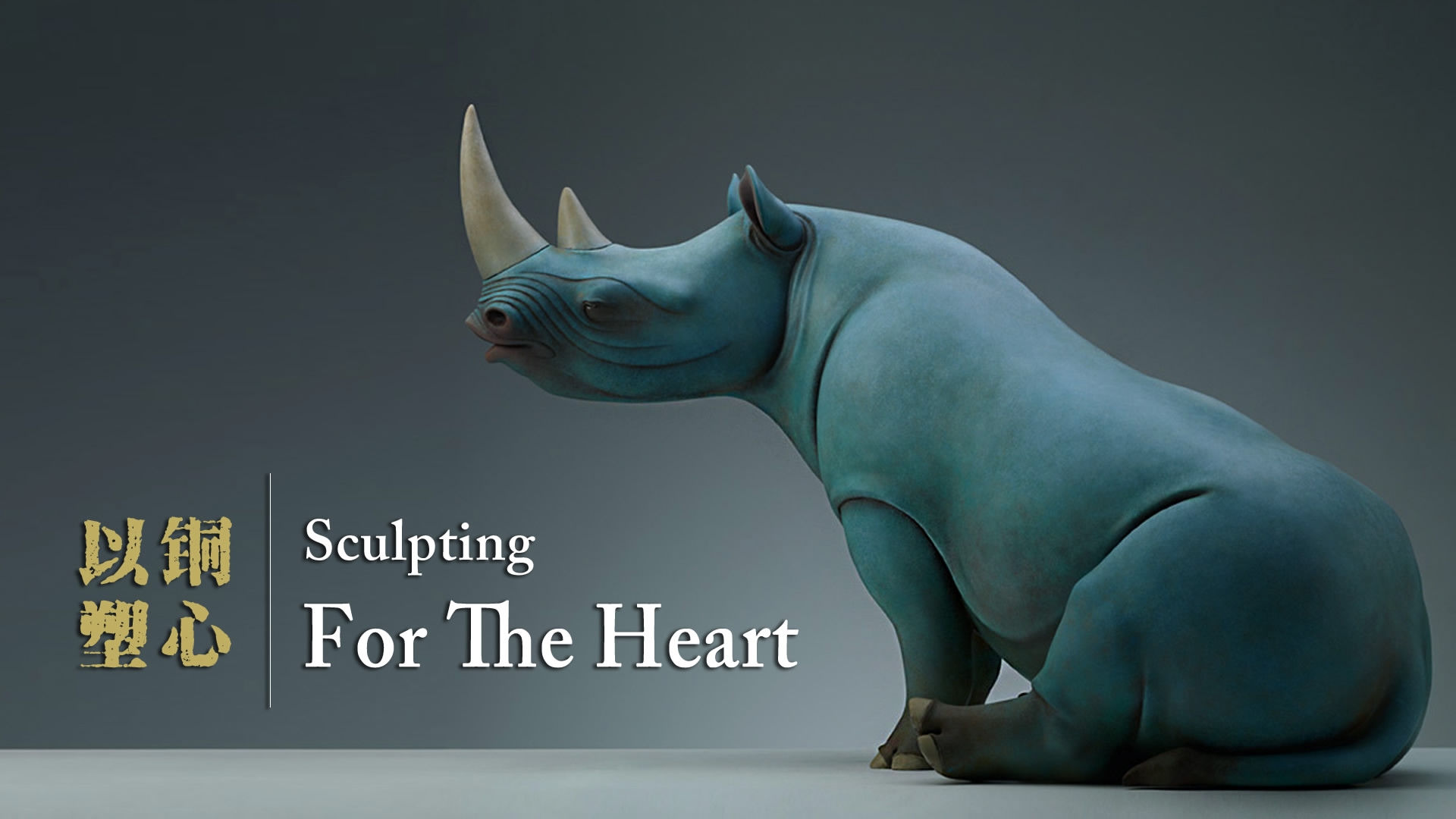

CGTN
CGTN
Standing before the sculptures by Wang Ruilin, the audience seems to immerse themselves in a mysterious atmosphere. Graduated from Central Academy of Fine Arts, the 33-year-old artist has developed a unique style.
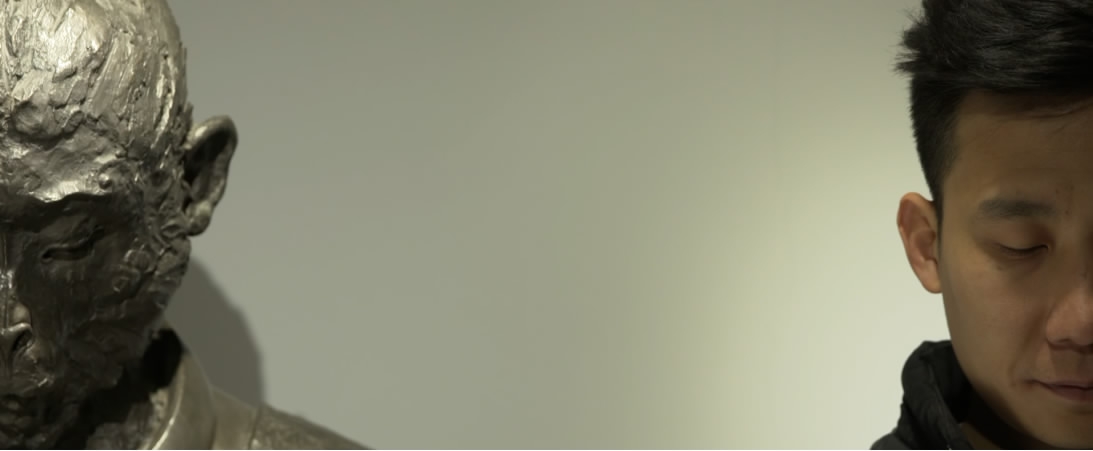
CGTN Photo
CGTN Photo
"Horse. Play," "Dreams," “Hide. Seek”... Although these series have different themes, they share the same sense of peace and serenity. The mellow and bronze animals lie quietly with their tamed eyes half opened, as if they were lost in their thoughts. Their common point that touches the heart is the oriental Zen.
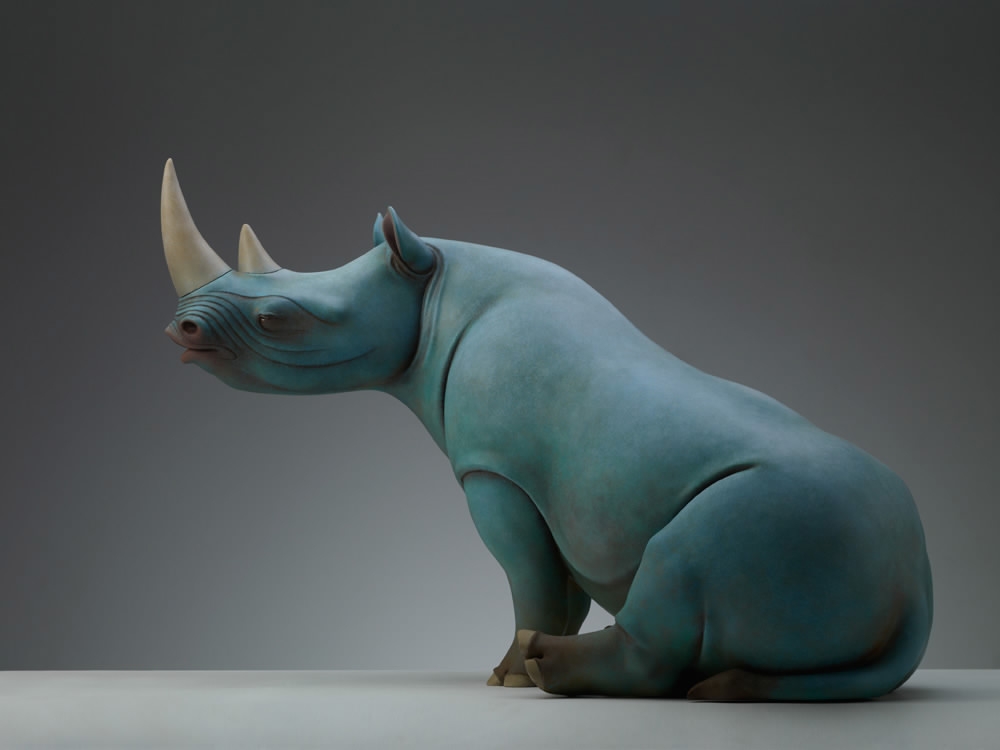
DREAMS - Rhino / Photographer: Zou Shengwu
DREAMS - Rhino / Photographer: Zou Shengwu
"In ancient China, there were sculptures of various styles. Some were graceful, and some were more resplendent. I always learn from the traditional plastic arts, in order to establish my own aesthetics." says Wang.
Clay sculpting, molding, forging, and coloring… As the works gradually take their forms, Wang's concepts get incarnated. Sculptures make connections between his emotions and the reality. Compared to other art forms, sculpting is "an instinct to understand the world with your body."
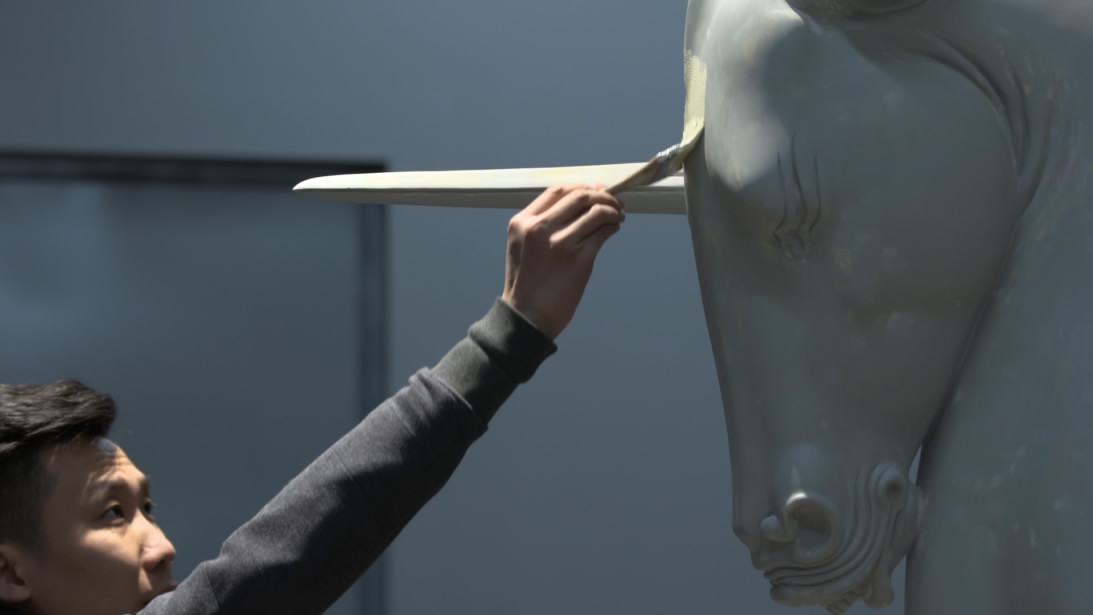
CGTN Photo
CGTN Photo
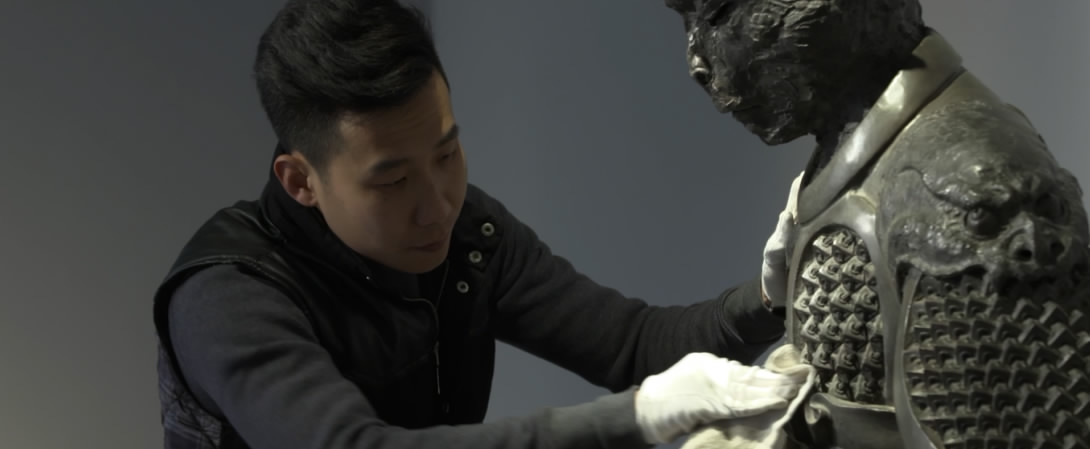
CGTN Photo
CGTN Photo
"Every sculpture is created as an individual. And every piece of work has its origin in daily life." Wang usually goes deep to find inspirations in his experience. During the long process of creation, he needs to stimulate the senses and manifest the feelings in order to maintain passion for the work.
He always recalls the inspirational moment at the age of 4 or 5 when he first encountered the "Galloping Horse" by artist Xu Beihong. He sees it as the perfect merge of oriental surrealism and occidental rationalism. Out of the love of the animal, horses became one of the main characters of Wang's works, thus resulting in the series "Horse. Play." Wang pours the lively power of the animal in different static postures, creating significant tensions in the works.

HORSE, PLAY – No. 3 / Photographer: Zou Shengwu
HORSE, PLAY – No. 3 / Photographer: Zou Shengwu
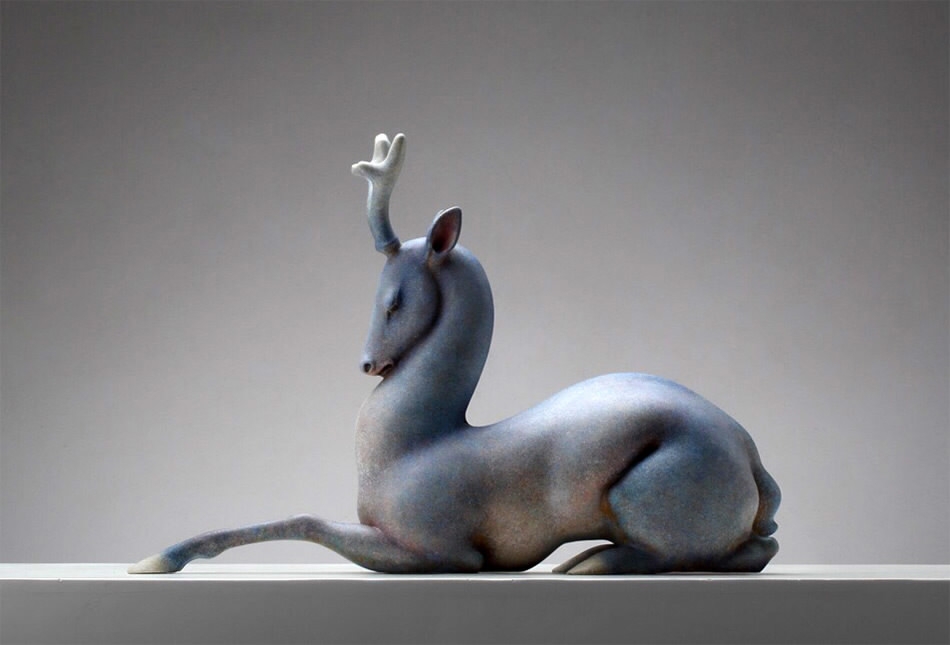
Photo courtesy of Wang Ruilin
Photo courtesy of Wang Ruilin
Wang's cat, which had accompanied him for nine years, also found its place in his sculptures after passing away. "To remember it in my own way, I made a sculpture of a tiger, which I named after the cat."

Photo courtesy of Wang Ruilin
Photo courtesy of Wang Ruilin
Like a gold seeker, Wang sifts the shining grains from the river of time and memories.
"Dreams" is one of his biggest series. In addition to the serene postures, Wang adopts surreal styles. Mountains and lakes emerge from the antlers and the back of the whales as if they were Noah's Arks in a different version.

DREAMS – Ark No. 1 / Photographer: Zou Shengwu
DREAMS – Ark No. 1 / Photographer: Zou Shengwu
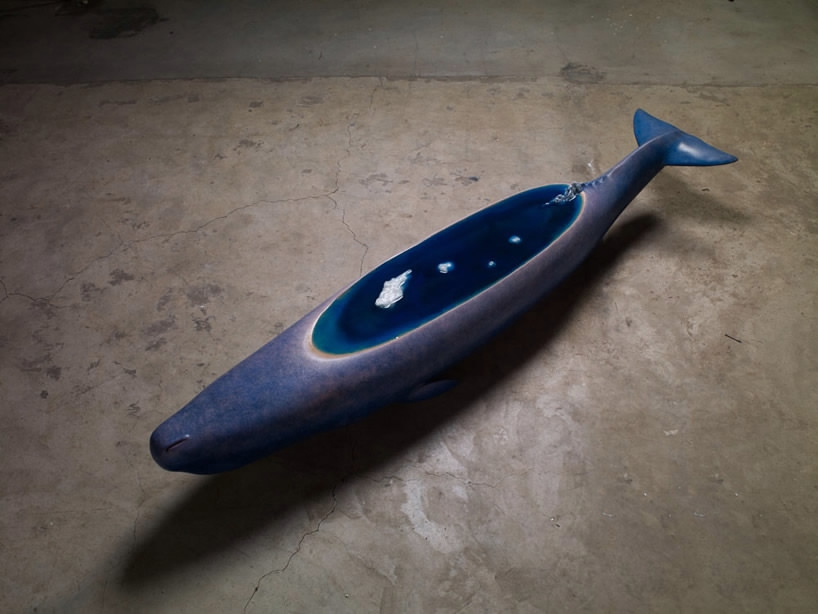
DREAMS - Ark No. 3 / Photographer: Zou Shengwu
DREAMS - Ark No. 3 / Photographer: Zou Shengwu
On his website, Wang writes: "This series is actually my doubt about the anthropocentrism that I had been instilled. The ruthless exploitation of other species is unacceptable. Nature's greatness lies in her tolerance of all beings, while the right self-perception makes the greatness of humans."
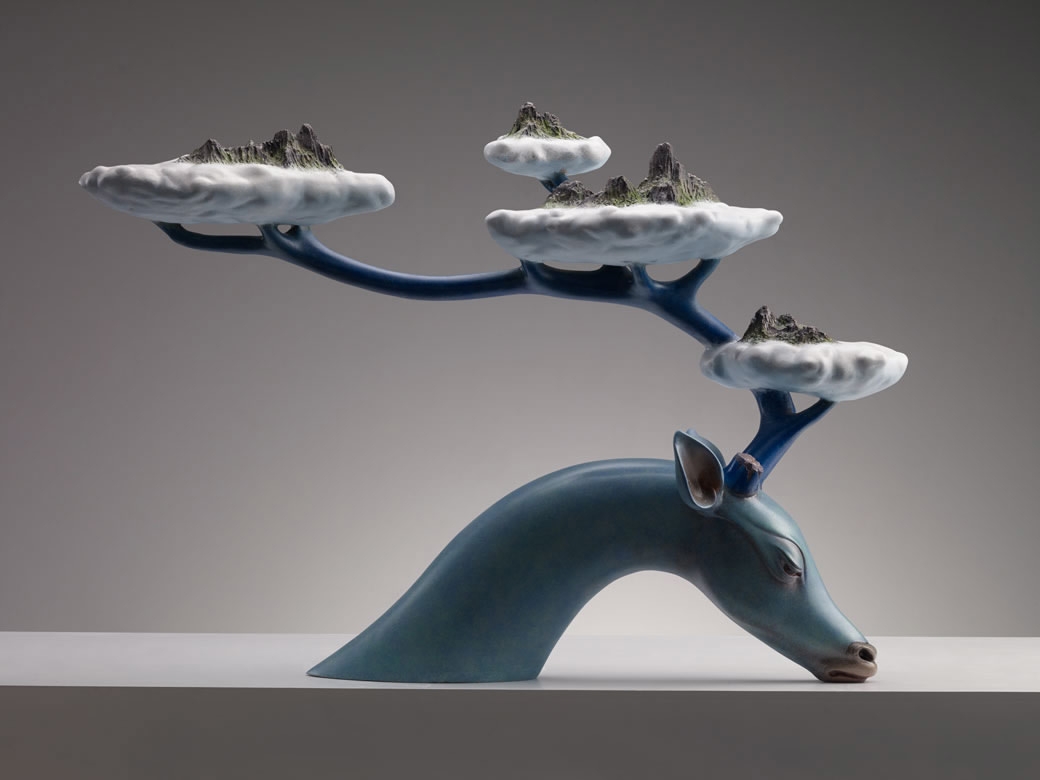
DREAMS - Floating No. 1 / Photographer: Zou Shengwu
DREAMS - Floating No. 1 / Photographer: Zou Shengwu
As time passes, Wang becomes aware of the true nature of life: impermanence. Therefore, in "Dreams," he merged the vitality of nature and the texture of copper to express what he expects to be "permanent," the dream he pursues.
Wang tends to mix parts of his ego separately into his copper animals, rather than to make a single sculpture. Most of his works are shown in series: "Human mind is complicated and abstract, and is always changing. It's hard to convey with just one or two pieces. So, I'm trying to show all aspects of it."
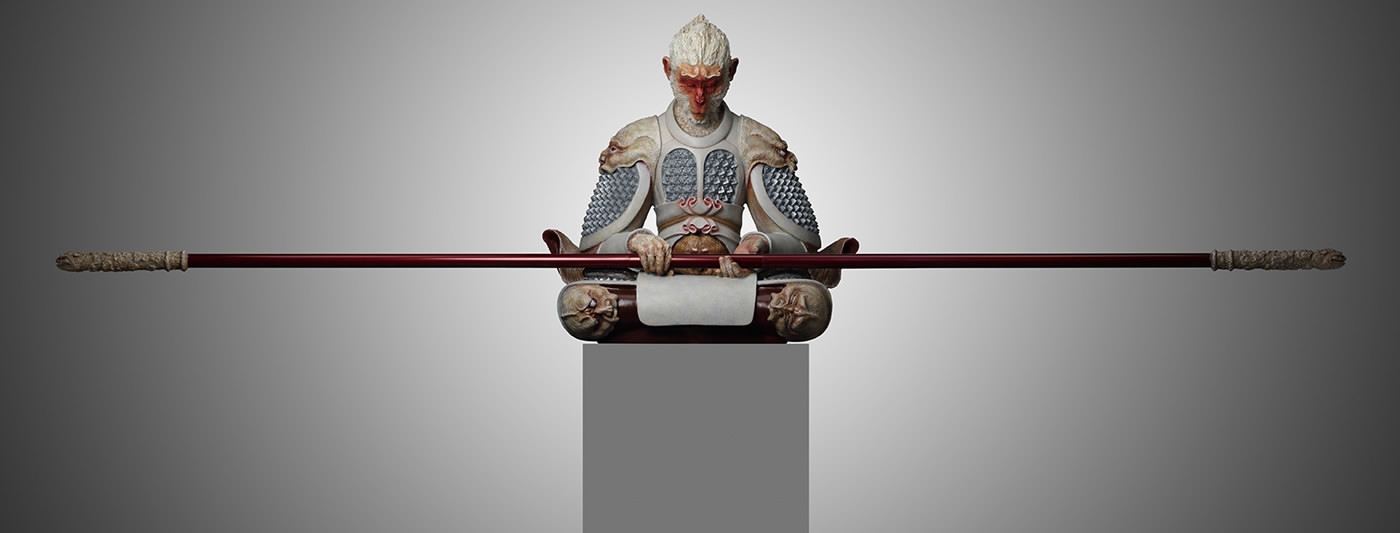
HIDE. SEEK – The Monkey King / Photographer: Zou Shengwu
HIDE. SEEK – The Monkey King / Photographer: Zou Shengwu
He admits that once the works are unveiled, however, it's the audience who complement their meanings: "People will try to understand them with their own values and aesthetics. Different thoughts could collide on the same piece of sculpture. That's the charm of art."
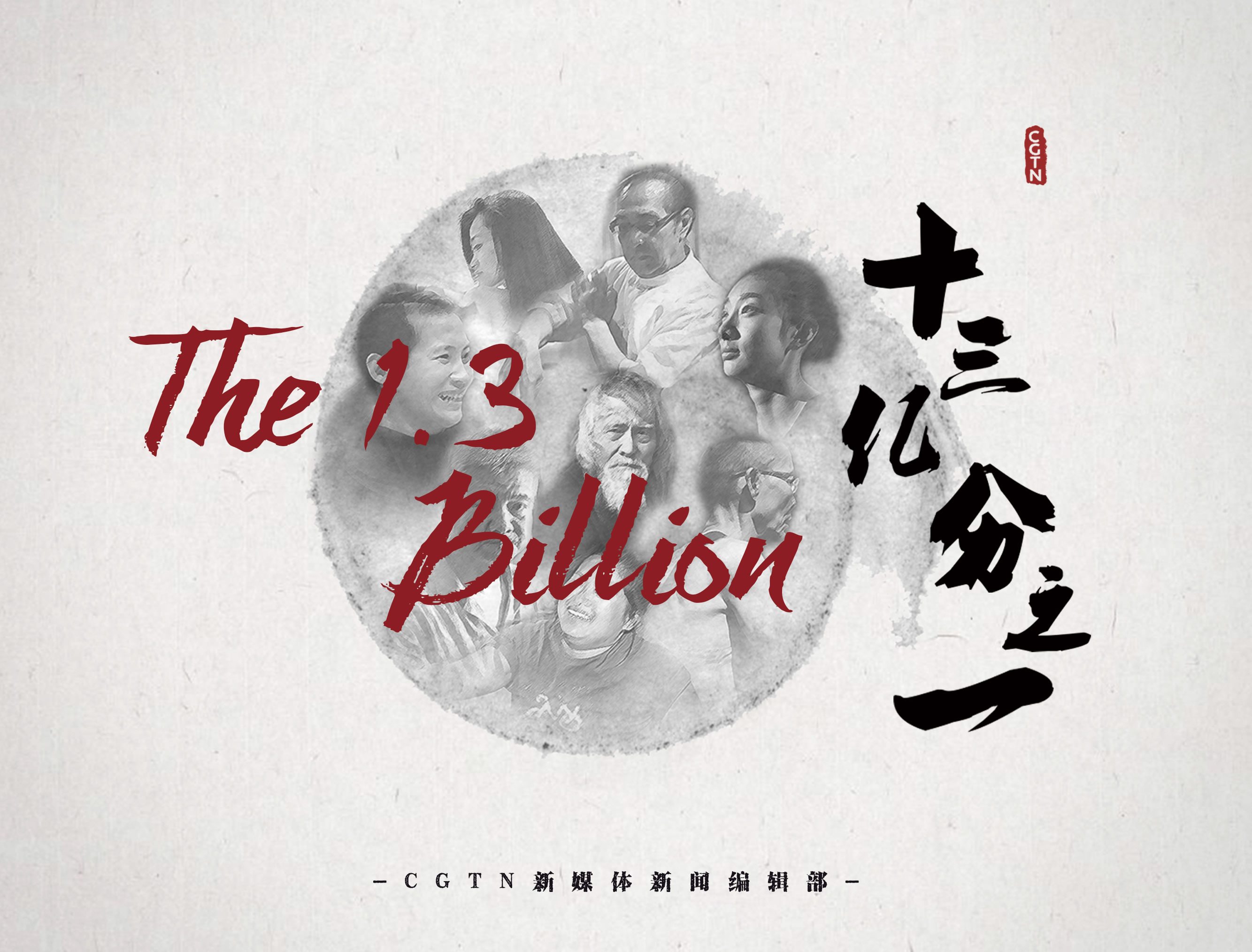
The story is one in The 1.3 Billion series exploring the diverse lives that make up China.
The story is one in The 1.3 Billion series exploring the diverse lives that make up China.

SITEMAP
Copyright © 2018 CGTN. Beijing ICP prepared NO.16065310-3
Copyright © 2018 CGTN. Beijing ICP prepared NO.16065310-3